No products in the cart.
NEWS
Planting for Fall: Top Vegetables to Sow in August
August often feels like the peak of the gardening year, with crops ripening under the summer sun and baskets overflowing with fresh produce. While enjoying the bounty, it’s also a crucial time for forward-thinking gardeners. As a specialist in cultivation and garden resources, I know that late summer presents a prime opportunity to start planning for the cooler months ahead. Planting certain vegetables in August ensures a continuous harvest well into autumn and even winter, keeping your table stocked long after the initial summer flush fades.
This period is particularly ideal for establishing a productive fall vegetable garden. Many cool-weather crops thrive when sown as temperatures begin to moderate slightly, avoiding the most intense heat of early summer while still having enough time to mature before the first hard frost. Whether you’re an experienced gardener or just starting out, the benefits of an August planting are clear: extend your harvest season, enjoy fresh flavors when other gardens are winding down, and often face fewer pest challenges compared to spring planting. Getting your seeds in the ground now means you’ll be enjoying delicious, homegrown goodness through Thanksgiving and beyond.
Preparing Your Garden for Late Summer Planting
Success in August planting, just like any other time of year, relies on proper preparation and understanding your unique growing environment. Based on years of experience nurturing various crops, I’ve found a few key steps make all the difference in getting your fall garden off to a strong start.
Understanding Your Growing Zone
Your local climate, best represented by your USDA hardiness zone or similar regional guidelines, plays a significant role in determining what you can plant in August and when. Gardeners in cooler zones might focus on fast-maturing varieties and prepare protective measures like cold frames to extend the season. In warmer zones, the challenge might be the lingering summer heat; choosing heat-tolerant varieties or providing partial shade can help cool-season crops get established. Awareness of your average first frost date is critical for selecting crops with enough time to reach maturity.
Preparing Your Soil for Success
Many August plantings follow earlier summer crops, meaning the soil may be depleted. Restoring soil health is paramount. Before sowing seeds, generously incorporate compost or other rich organic matter. This provides essential nutrients for developing plants and improves soil structure, aiding in water retention – vital for August’s potential dryness. Implementing basic crop rotation practices also helps manage soilborne diseases and pest issues naturally.
Watering and Ongoing Care
Consistent moisture is key when planting in August. Seeds need reliable hydration to germinate, and young seedlings can quickly dry out in late summer heat. Water regularly, especially during dry spells. Applying mulch around plants helps retain soil moisture, suppress weeds, and regulate soil temperature. Keep an eye out for pests, though their populations are generally lower than in spring. Timely weeding prevents competition for water, nutrients, and light.
By following these steps and choosing appropriate crops, you’ll be well on your way to enjoying the unique satisfaction of a fall harvest from your own garden.
Top Vegetables to Plant in August for Your Fall Garden
Now, let’s explore some excellent vegetable choices for your August planting schedule, selected for their suitability for fall harvest and their rewarding yield.
Swiss Chard
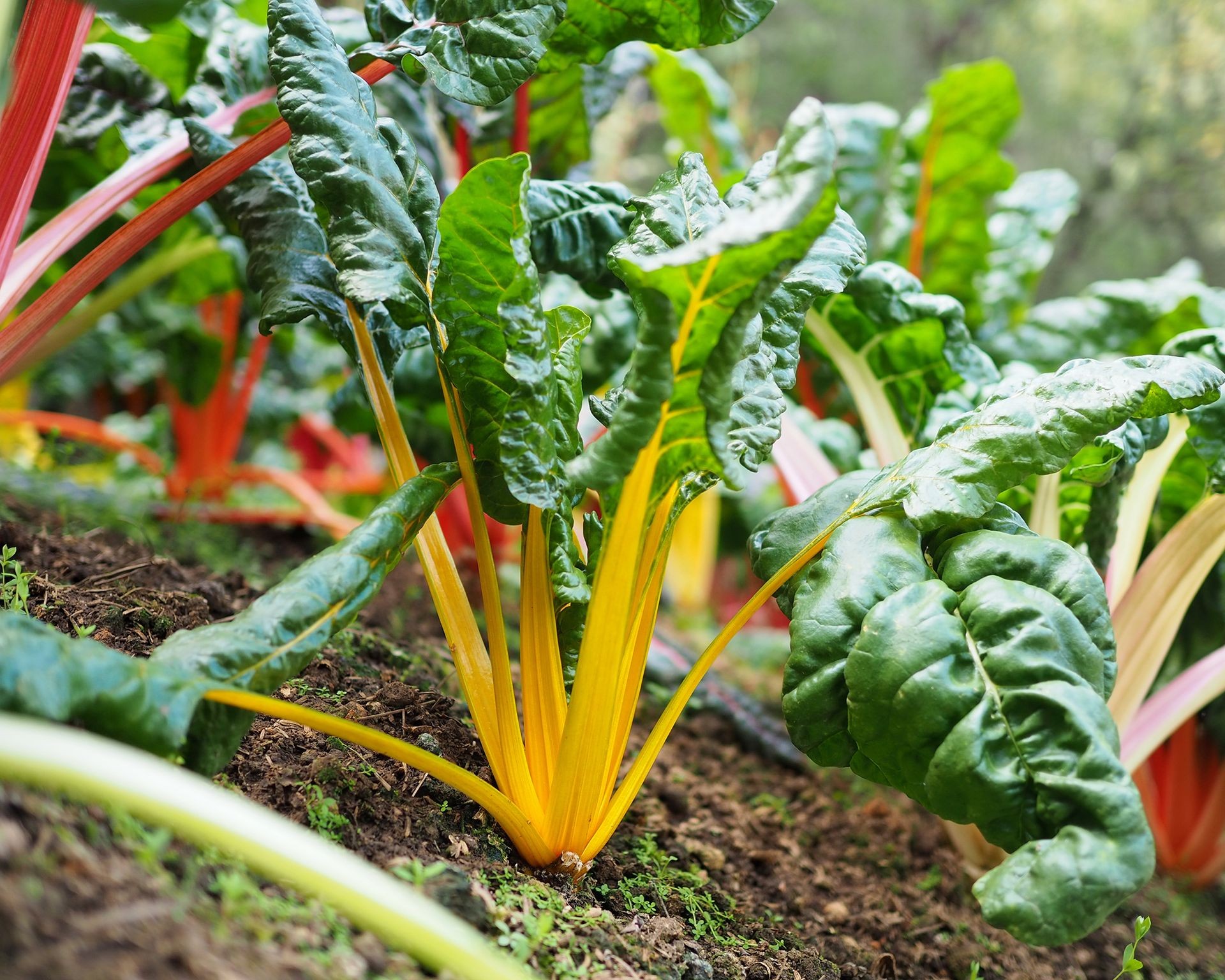 Vibrant Swiss chard stalks with contrasting green leaves
Vibrant Swiss chard stalks with contrasting green leaves
Swiss chard is not only a workhorse in the kitchen but also adds striking visual appeal to the garden with its brightly colored stems. It’s a versatile leafy green that adapts well to different planting times, making August ideal for a robust fall crop. You can harvest young leaves for salads or let them mature for use in stir-fries and sautés. The crunchy stalks can be cooked similarly to asparagus. Swiss chard grows best in full sun to partial shade with well-draining soil, requiring consistent water, particularly when dry. Depending on the variety and conditions, you can expect to start harvesting in 50 to 75 days. Its ‘cut-and-come-again’ nature means you can enjoy repeated harvests from the same plants.
Green Beans
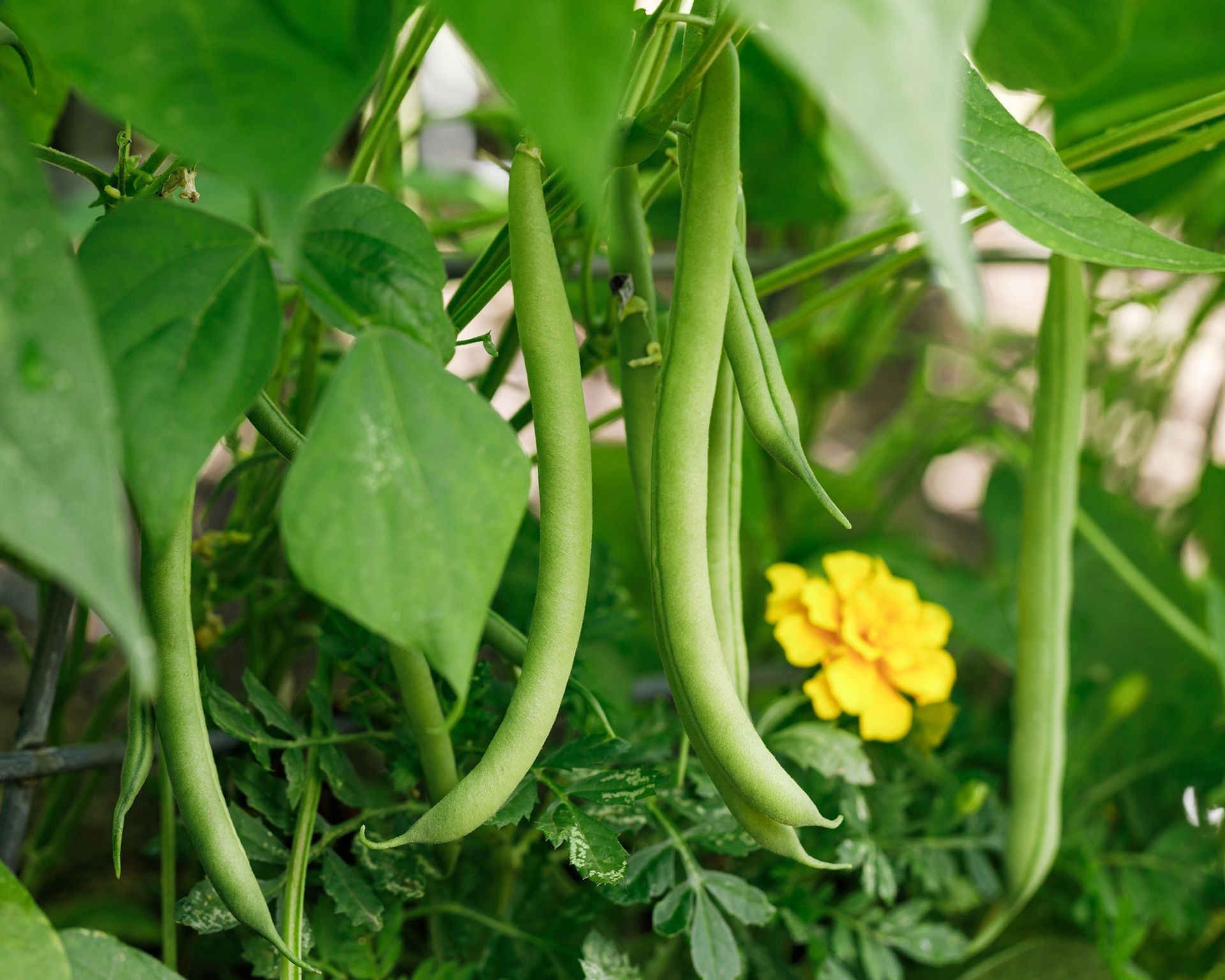 Bush green beans growing densely with visible pods
Bush green beans growing densely with visible pods
Even if you planted beans earlier, quick-maturing varieties offer a second chance for a significant harvest before frost arrives. Look for speedy types that can be ready in as little as 7 weeks. Sowing seeds about an inch deep in fertile, sunny soil and keeping them consistently watered encourages strong growth. Pole bean varieties will need support structures as they climb. Harvesting beans frequently when the pods are young and tender encourages the plants to continue producing, yielding a steady supply until cooler temperatures arrive.
Kale
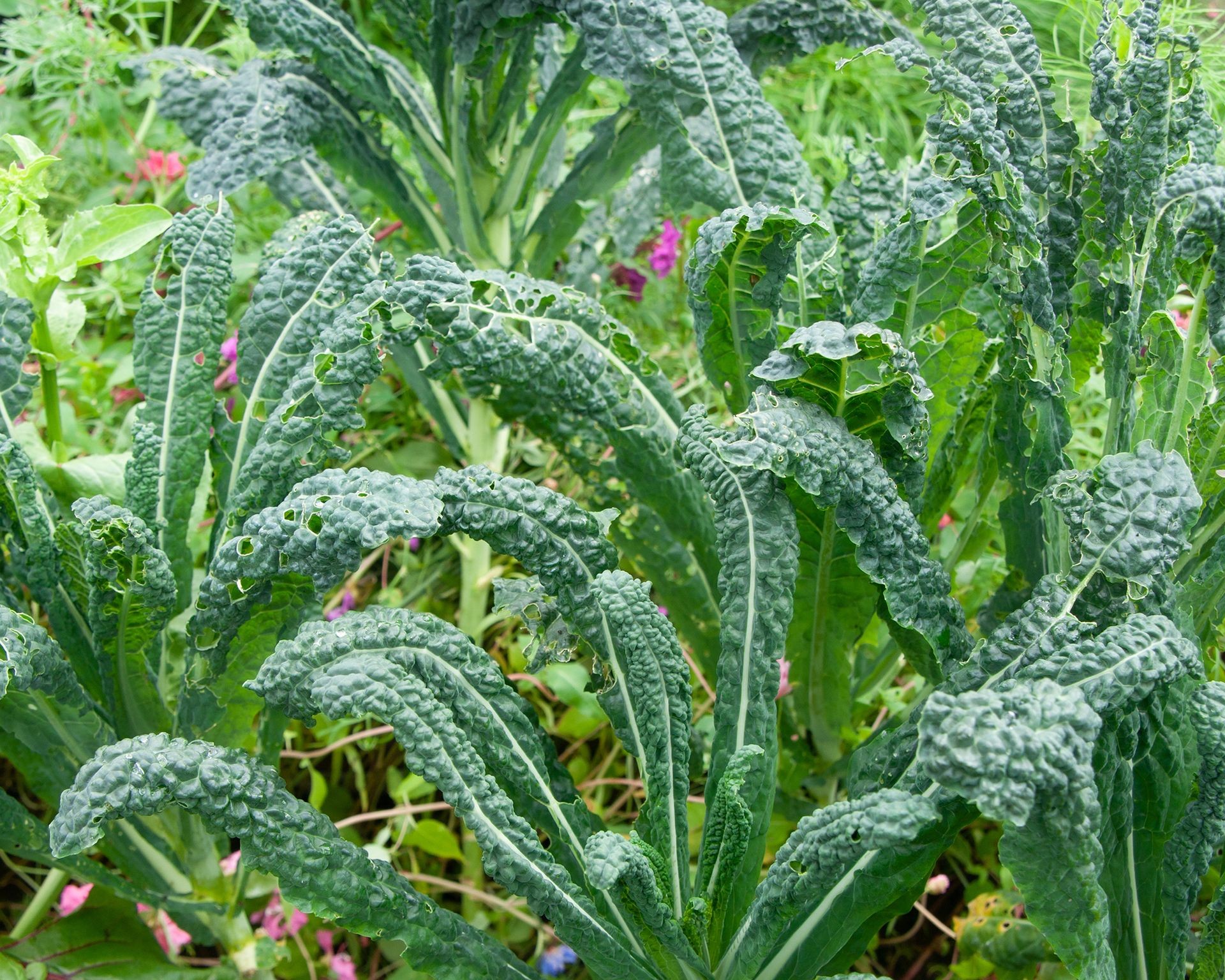 Rows of healthy kale plants with dark green, crinkled leaves
Rows of healthy kale plants with dark green, crinkled leaves
A true cool-weather champion, kale develops an even sweeter flavor after a light frost. While some varieties take 2-3 months to mature, quicker types planted in August can provide early fall greens, or you can plan for later harvests around Thanksgiving and through winter, especially in milder climates. Direct sow seeds in rich, well-draining soil. Kale appreciates consistent moisture but generally requires little attention beyond weeding. In warmer areas, planting in partial shade can prevent it from bolting in the heat. Like Swiss chard, kale can be harvested leaf by leaf as a ‘cut-and-come-again’ crop, or the entire plant can be taken.
Carrots
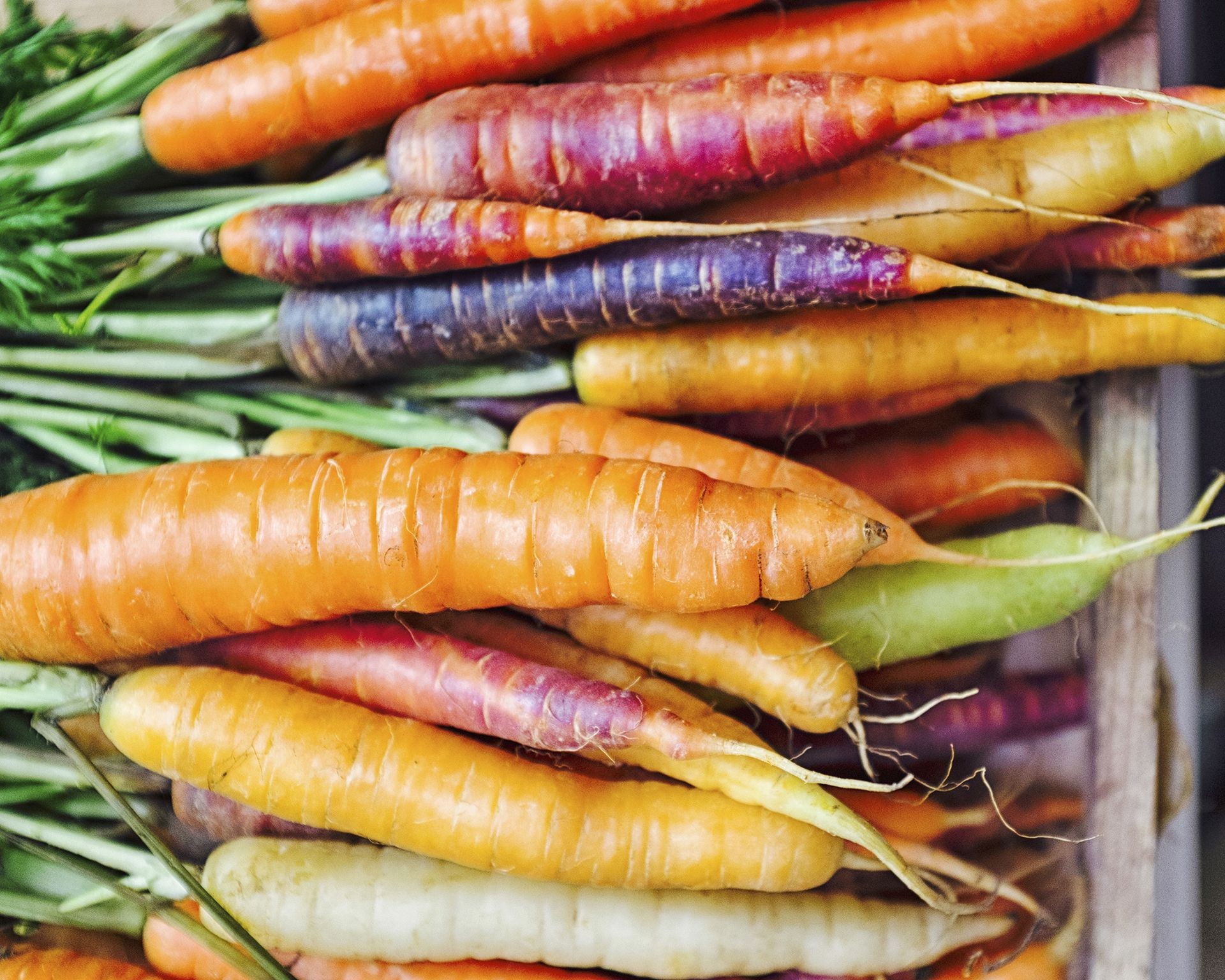 Colorful assortment of freshly harvested carrots in a wooden crate
Colorful assortment of freshly harvested carrots in a wooden crate
Sweet, crisp carrots are a fall staple, perfect for roasting or adding to stews. Planting in August allows ample time for root development before winter. Choose a sunny location with loose, sandy, well-drained soil free of rocks or compacted areas that can impede growth and cause misshapen roots. Keep the soil consistently moist but not waterlogged. You can start harvesting ‘baby’ carrots when they are finger-sized for a tender treat, or let them mature. Many varieties can even be left in the ground under mulch for harvesting throughout the winter in suitable climates.
Lettuce
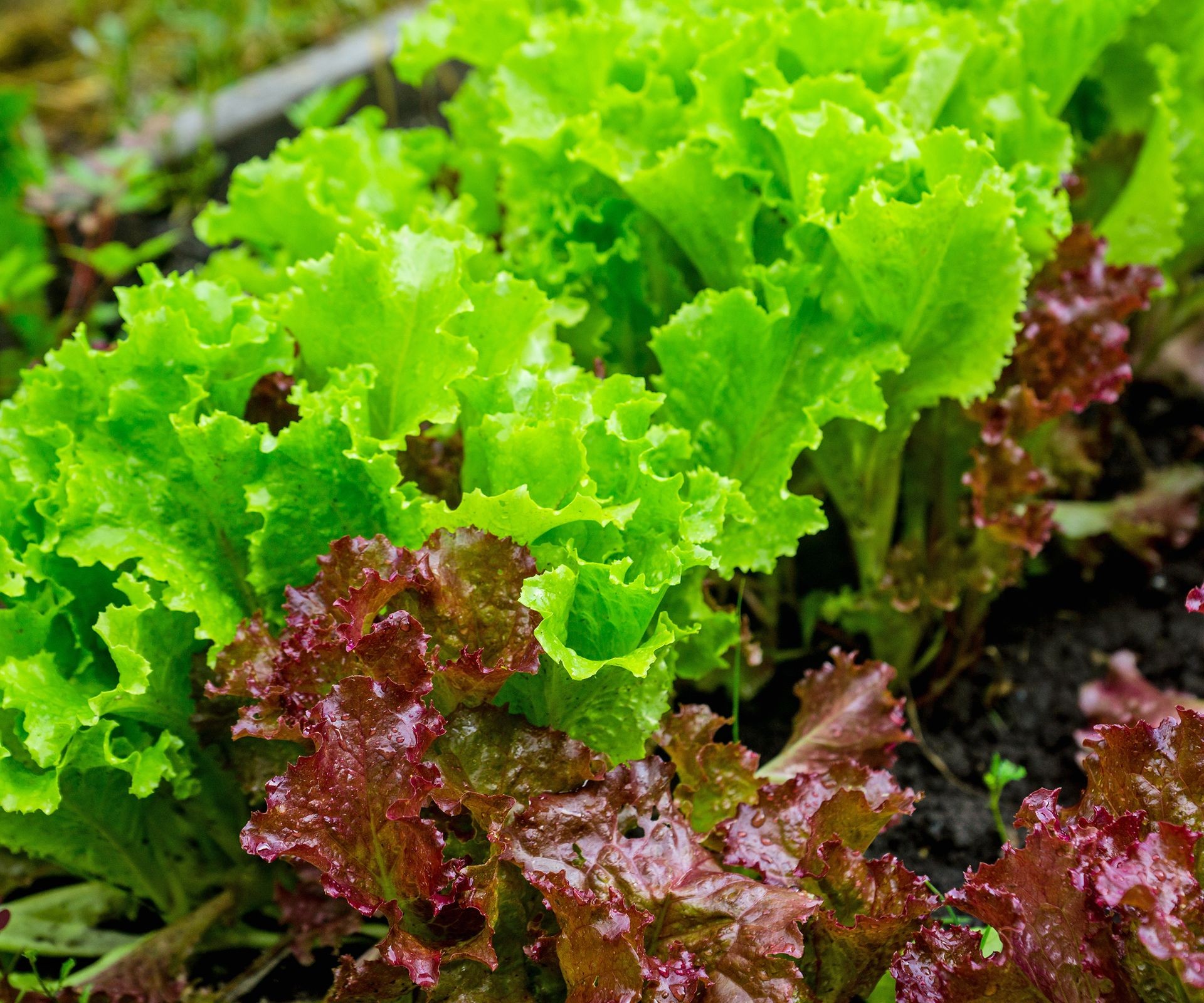 Lush green lettuce leaves growing closely together in a garden bed
Lush green lettuce leaves growing closely together in a garden bed
Contrary to its summer salad association, lettuce thrives in cooler conditions. August plantings, particularly with succession sowing every couple of weeks, can provide a continuous supply of fresh greens until the season’s end. In warmer zones, lettuce might even survive outdoors through winter. For the best taste and texture, encourage fast growth by incorporating a nitrogen-rich fertilizer before planting. Lettuce needs a sunny spot or light shade in hotter climates. Sow tiny seeds directly onto fine soil, covering lightly. Harvest whole heads early in the morning when they are crisp, or pick outer leaves for a ‘cut-and-come-again’ harvest, allowing the plant’s heart to continue producing.
Radishes
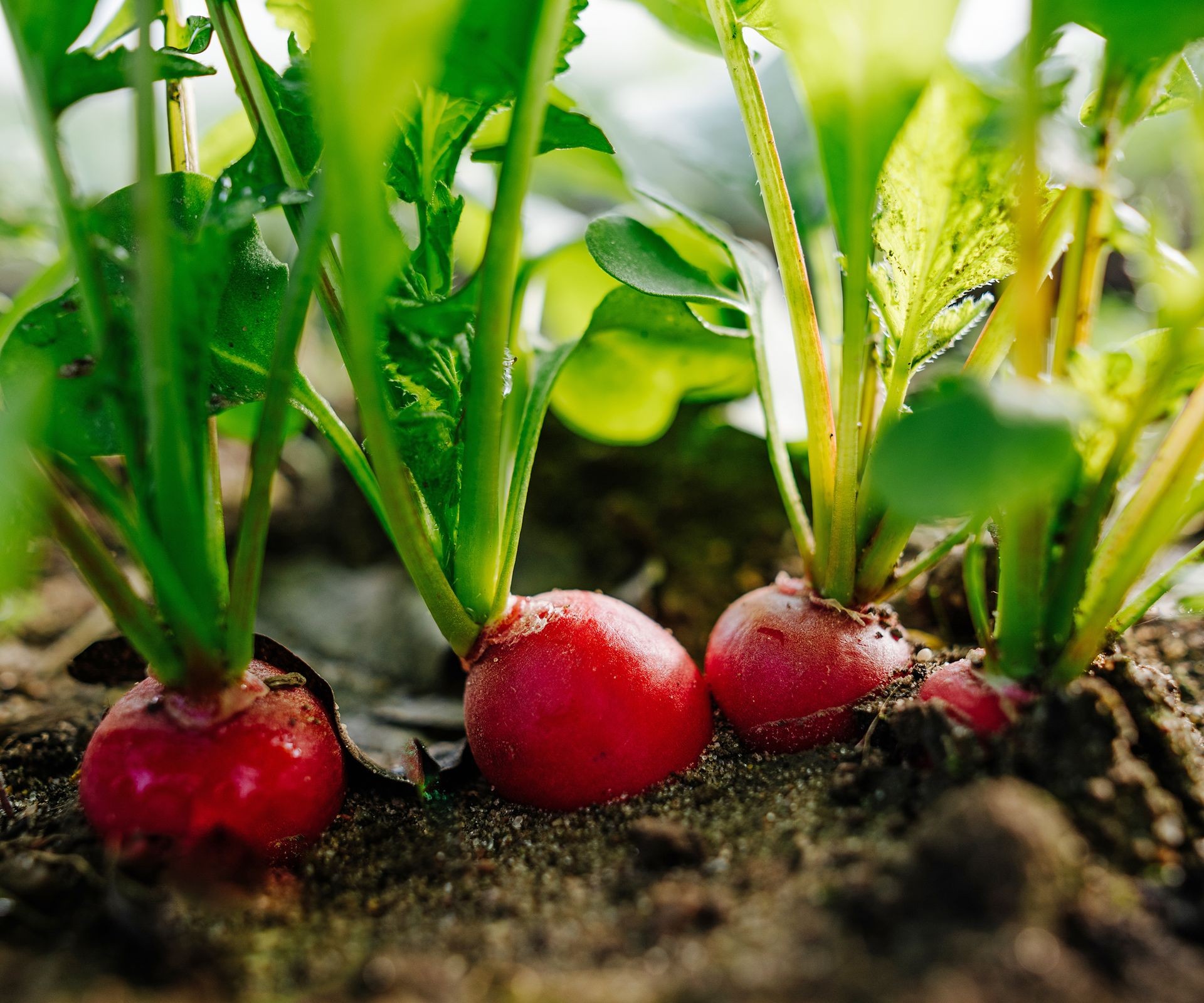 Bright red radishes with green tops visible just above the soil surface
Bright red radishes with green tops visible just above the soil surface
If you’re looking for quick gratification, radishes are your answer. They can go from seed to harvest in as little as four weeks, making them perfect for filling small gaps or planting between slower-growing crops. Their peppery bite adds zest to salads, and they are delicious roasted or pickled. Radishes prefer light soil that isn’t overly rich – avoid heavy fertilization. Consistent watering is important to prevent them from becoming woody or overly spicy. Harvest them when young for the best flavor and texture, and enjoy them soon after picking.
Spinach
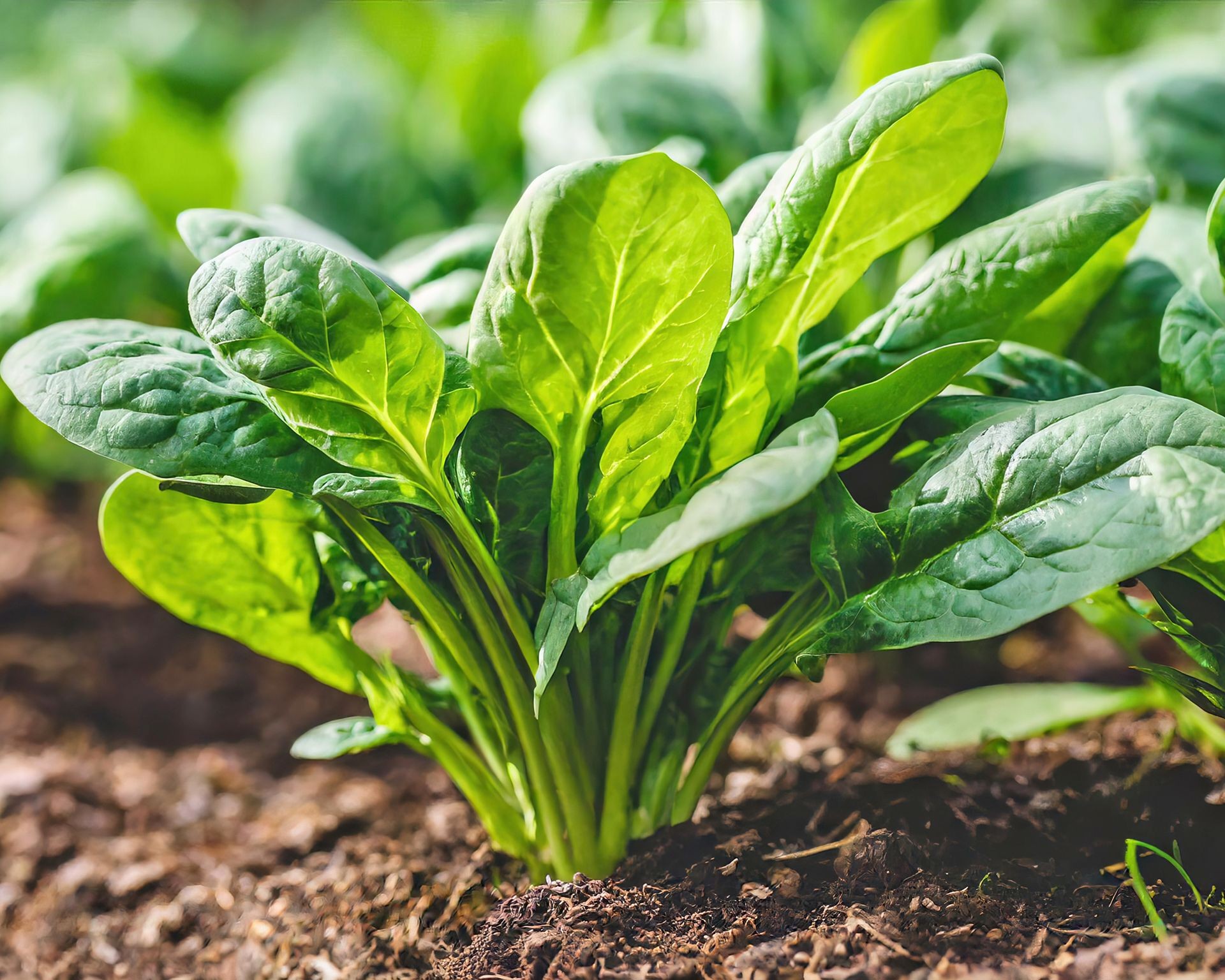 Healthy spinach plants with dark green leaves filling a garden section
Healthy spinach plants with dark green leaves filling a garden section
This incredibly versatile leafy green can be sown from late summer into early autumn, providing harvests through fall and winter. Spinach is a heavy feeder, so enriching the soil with compost or a balanced fertilizer before planting is beneficial. Maintain consistently moist soil without letting it become waterlogged. You can harvest spinach leaves individually from the outside of the plant, allowing the center to produce more (cut-and-come-again), or cut the entire plant at the base – sometimes, it will even resprout for a second harvest. Enjoy young leaves raw in salads or larger leaves cooked in countless dishes.
Beets
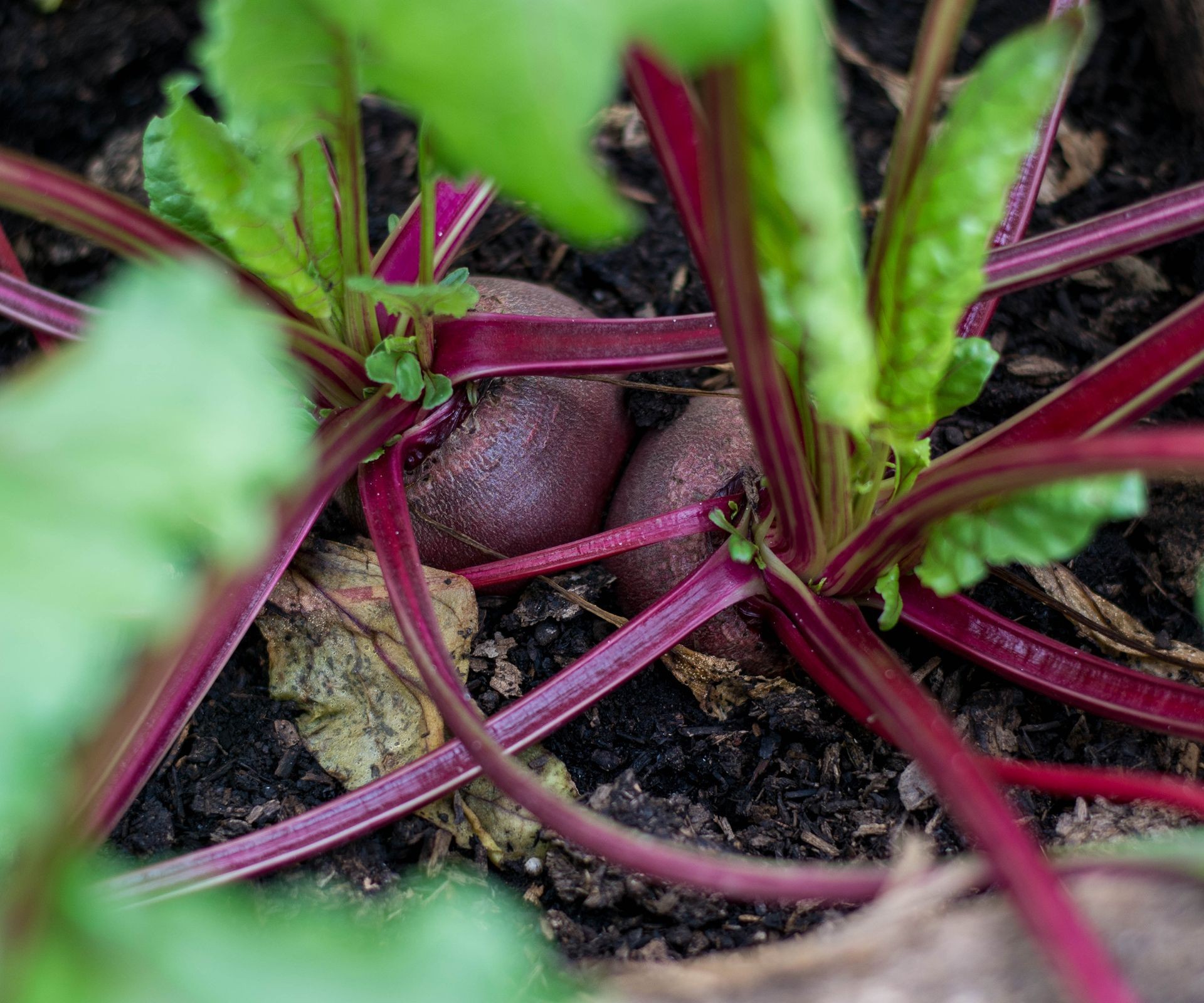 A gardener holding freshly harvested beetroots showing vibrant color and leaves
A gardener holding freshly harvested beetroots showing vibrant color and leaves
Beyond their sweet, earthy roots, beet greens are also delicious and highly nutritious, tasting much like their relative, Swiss chard. August is a good time to sow beets directly into light, well-draining soil, keeping it moist. While beets generally dislike intense heat, gardeners in warmer zones can often grow them through winter. You can harvest beets when they are small for tender ‘baby’ vegetables, or let them grow larger, usually taking 2-3 months. You’ll know they’re maturing when the tops of the roots begin to push up out of the soil. Remember, you can harvest some of the outer leaves while the root continues to grow.
Broccoli
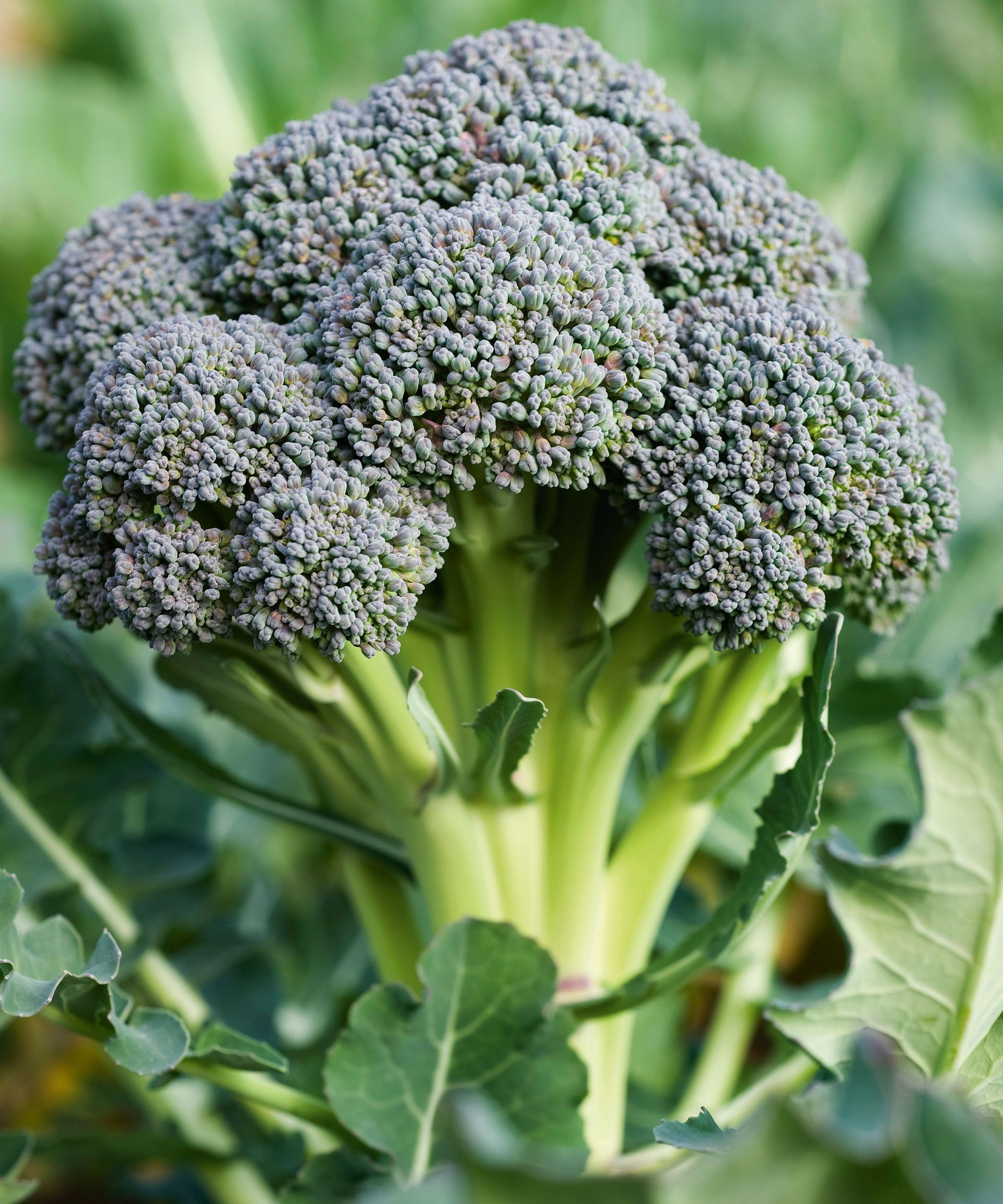 A large, firm broccoli head growing amidst healthy green leaves
A large, firm broccoli head growing amidst healthy green leaves
Though often associated with spring, broccoli can successfully be planted in August for a fall harvest, especially in zones with moderate autumns. Heat can stress young plants, so starting seeds indoors in cooler conditions before transplanting might be advantageous if August is particularly hot in your area. Broccoli needs full sun, fertile, well-draining soil, and ample space (12-24 inches apart) for heads to develop fully. Harvest the main head when it is firm and dense, typically 4-7 inches across. Cutting the central head often encourages the plant to produce smaller, but still delicious, side shoots, extending your harvest.
Scallions
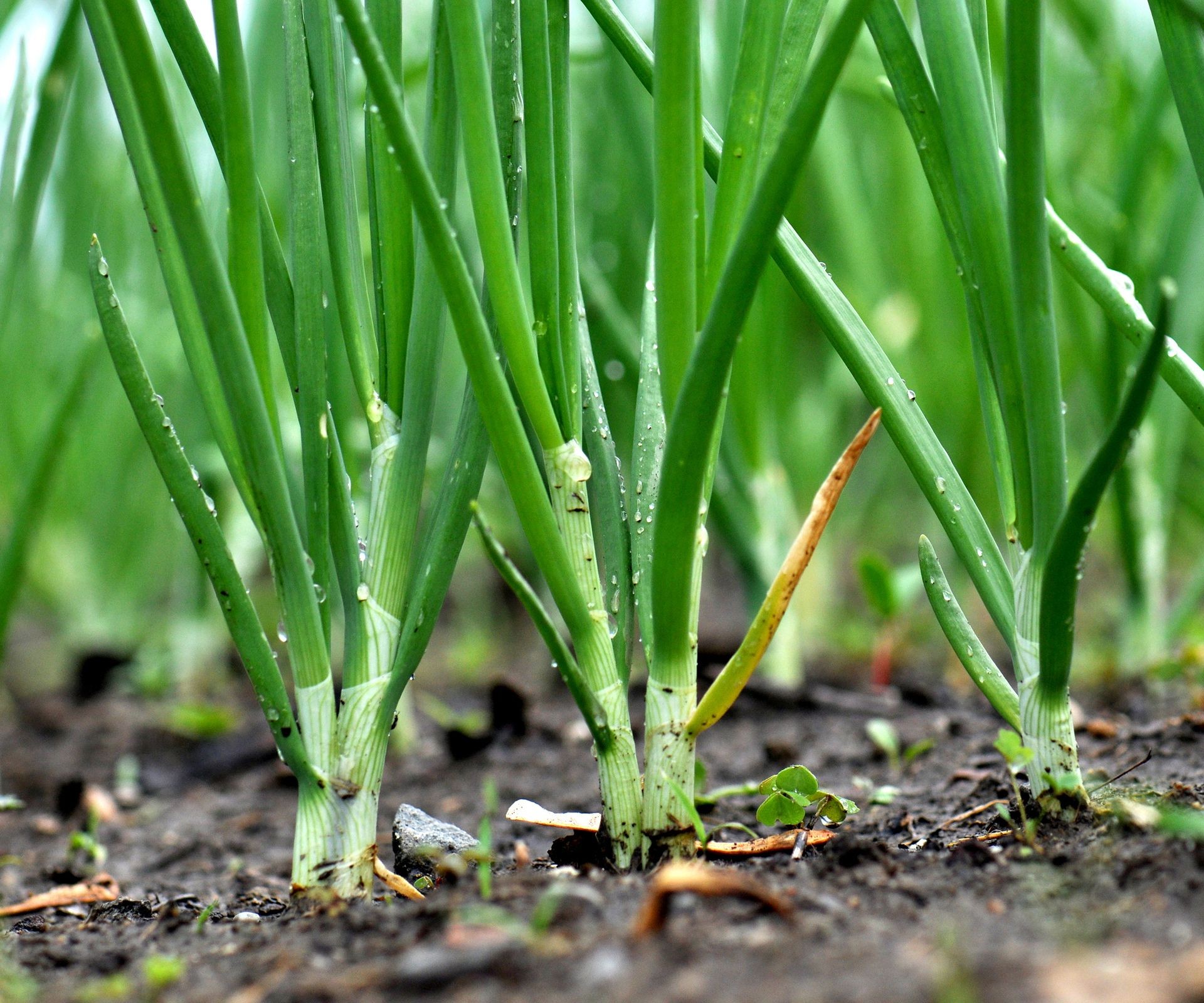 Bundles of fresh scallions (spring onions) with green tops and white bulbs
Bundles of fresh scallions (spring onions) with green tops and white bulbs
Quick-growing and versatile, scallions (or spring onions) are perfect for filling small spaces or planting as a border crop. They add a mild onion flavor to salads and cooked dishes and are thought to deter certain pests, making them good companion plants. An August sowing typically yields a fall crop in about 8 weeks. For an even later harvest, some varieties can be sown in early autumn for overwintering. Scallions thrive in sunny spots with well-drained soil, needing little attention beyond keeping them weed-free and watered during dry periods.
Arugula
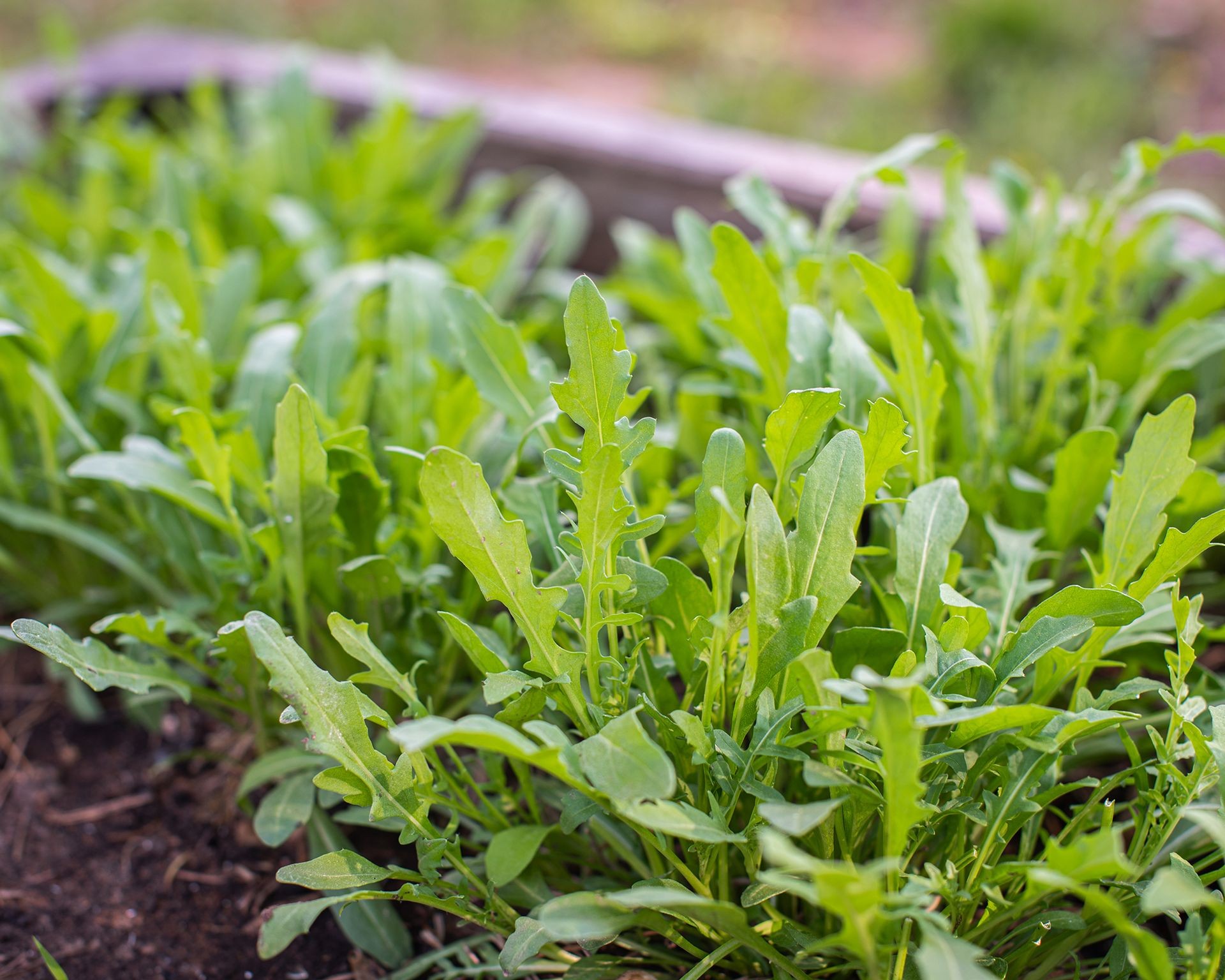 Arugula leaves with their distinctive lobed shape growing in a pot
Arugula leaves with their distinctive lobed shape growing in a pot
This peppery leafy green is incredibly easy to grow and adds a delightful bite to salads, pastas, and pizzas. Sowing arugula in August and September can provide fresh leaves throughout the fall. It prefers free-draining soil in full sun to partial shade. Incorporating some compost before planting helps. Keep the soil consistently moist but not soggy to prevent bolting and maintain good flavor. Arugula can be harvested as a ‘cut-and-come-again’ garnish or harvested whole to make a flavorful pesto.
Turnips
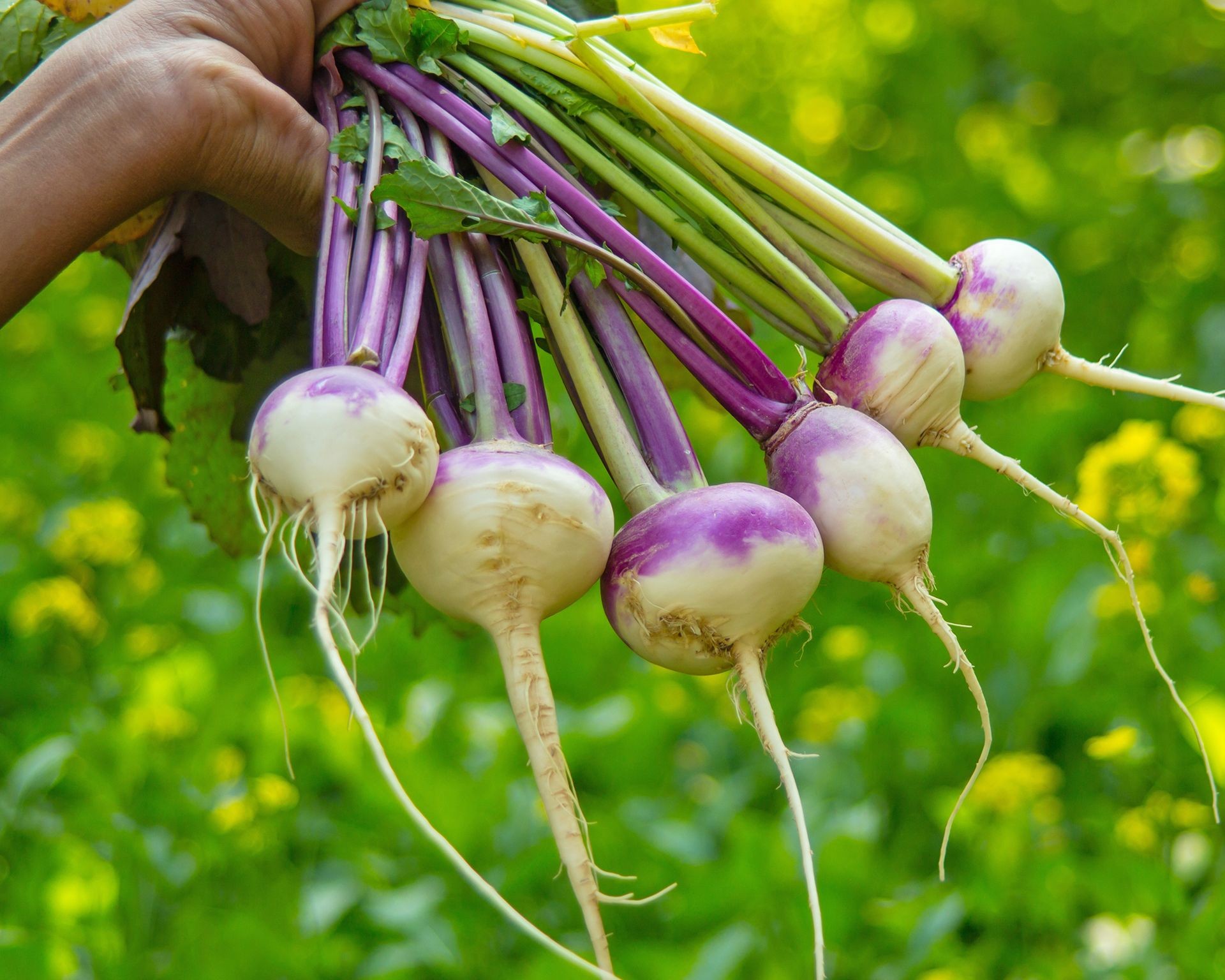 Freshly pulled turnips showing their white and purple roots and green tops
Freshly pulled turnips showing their white and purple roots and green tops
Beyond their traditional role in stews, turnips offer sweet, peppery roots that can be roasted, mashed, or added to gratins. Their leafy tops, similar to mustard greens, are also edible and nutritious. Plant turnip seeds in a sunny spot or partial shade in warmer areas, ensuring consistent watering. For the best flavor and texture, harvest turnips when they are young, ideally no larger than 2 inches in diameter. They typically mature in about 2 months. The greens can be harvested using the ‘cut-and-come-again’ method.
Bok Choy
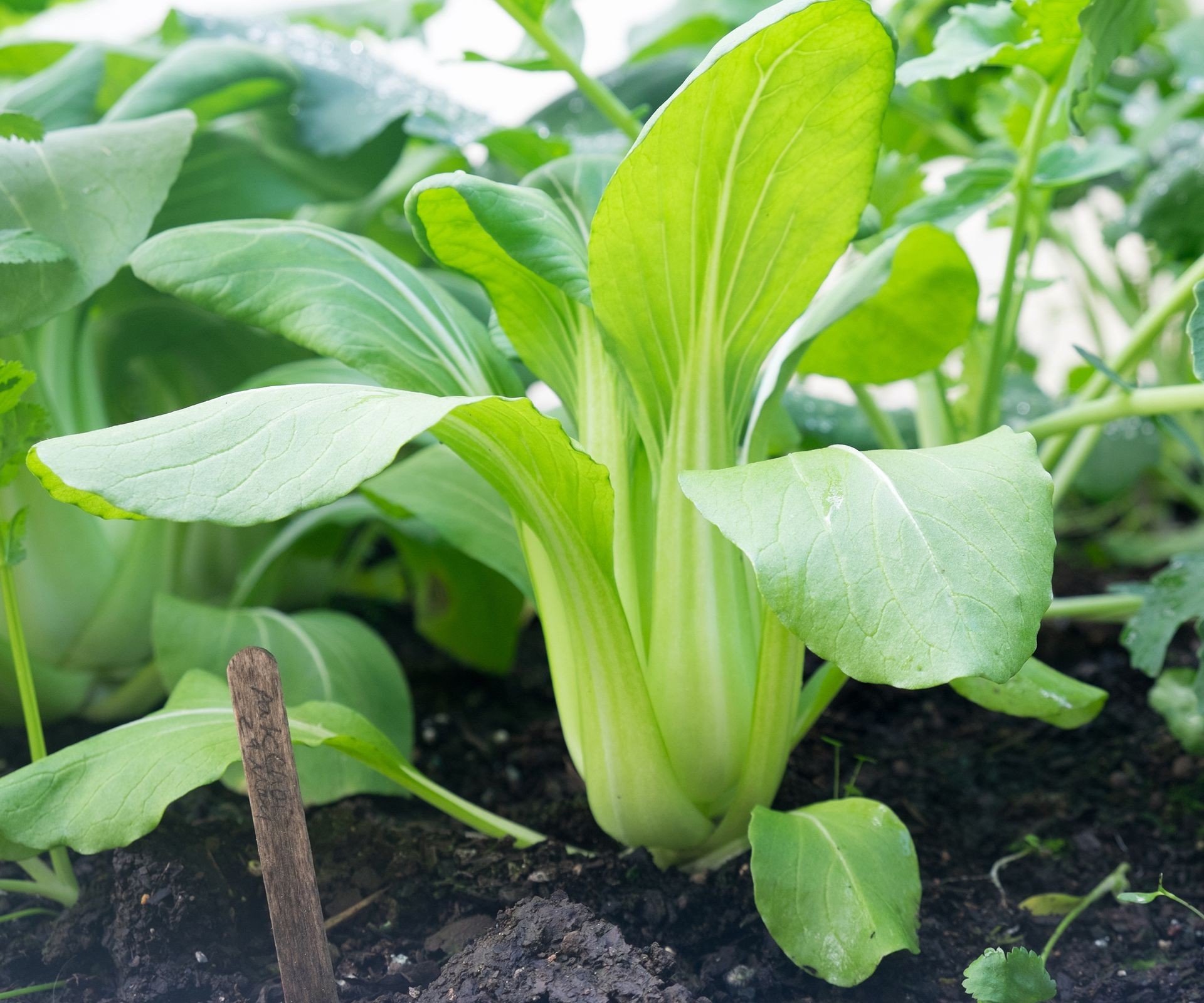 Healthy bok choy plants with thick white stalks and dark green leaves
Healthy bok choy plants with thick white stalks and dark green leaves
A staple in Asian cuisine, bok choy is a fast-growing leafy brassica perfect for fall gardens. It can be enjoyed raw or cooked and adds a wonderful texture and flavor to stir-fries and side dishes. Direct sowing seeds in a sunny spot with well-draining soil is straightforward. Mulching helps retain moisture and prevent premature bolting. Consistent moisture is crucial for tender growth. Baby bok choy varieties can be ready in as little as 30 days, while larger plants take around 45 days, offering a quick and rewarding harvest.
Mustard Greens
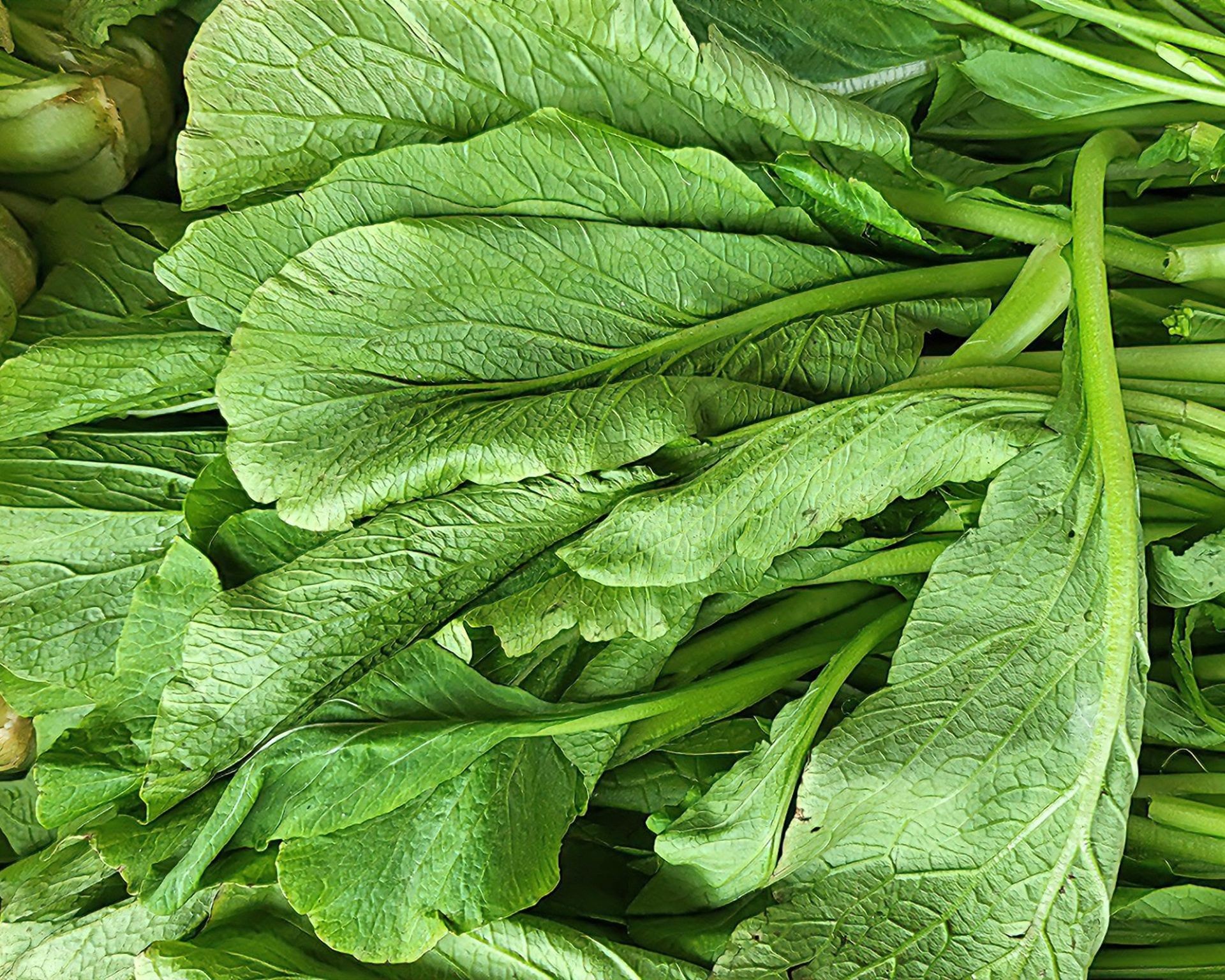 A pile of freshly harvested mustard greens with ruffled edges
A pile of freshly harvested mustard greens with ruffled edges
If you enjoy a bit of spice, mustard greens are an excellent addition to your fall garden. Their pungent leaves add a kick to salads and cooked greens. Plant seeds in summer for a fall harvest in a location with full sun to partial shade. Mustard greens are relatively low-maintenance, needing regular watering in dry conditions and keeping the area weed-free. Harvest the leaves while they are young and tender; older leaves can become tough and bitter. You can harvest individual leaves (cut-and-come-again) or cut the entire plant at the base.
Kohlrabi
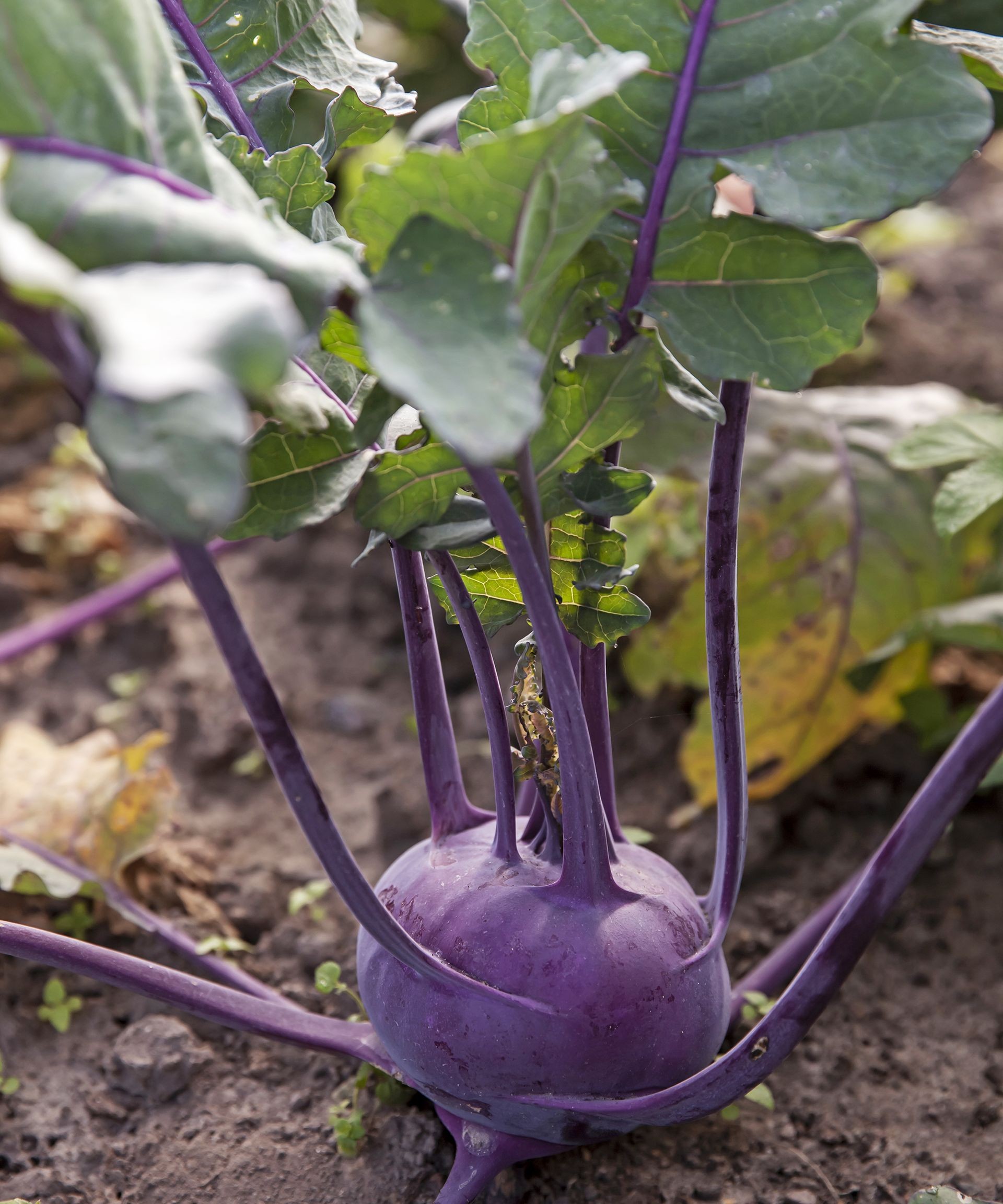 Globular kohlrabi bulb with stems and leaves growing in a garden bed
Globular kohlrabi bulb with stems and leaves growing in a garden bed
This unique brassica, resembling a turnip growing on a stem, has a flavor similar to broccoli stems but milder and sweeter. Both the bulbous stem and the leaves are edible and nutritious. Kohlrabi is a good source of protein and can be used raw in salads or cooked in various dishes. Fertilize the soil before sowing seeds in early August for an October harvest. Succession sowings every couple of weeks can provide a continuous supply. Consistent watering is key to developing tender stems, preventing them from becoming tough or woody. Harvest when the stems are about 1-3 inches in diameter for the best quality.
Extend Your Harvest and Enjoy Freshness
Planting vegetables in August is a rewarding practice that extends the joy of gardening and the benefits of homegrown food long after summer ends. By focusing on cool-season crops and providing the right care, you can ensure a continuous supply of fresh, nutritious produce throughout autumn and into winter. The unparalleled taste of vegetables harvested just steps from your kitchen is a true delight.
Ready to get started on your fall garden? Find high-quality seeds and essential gardening supplies to make your August planting a success right here at Biogarden.asia. Share your fall gardening plans and successes with us!



